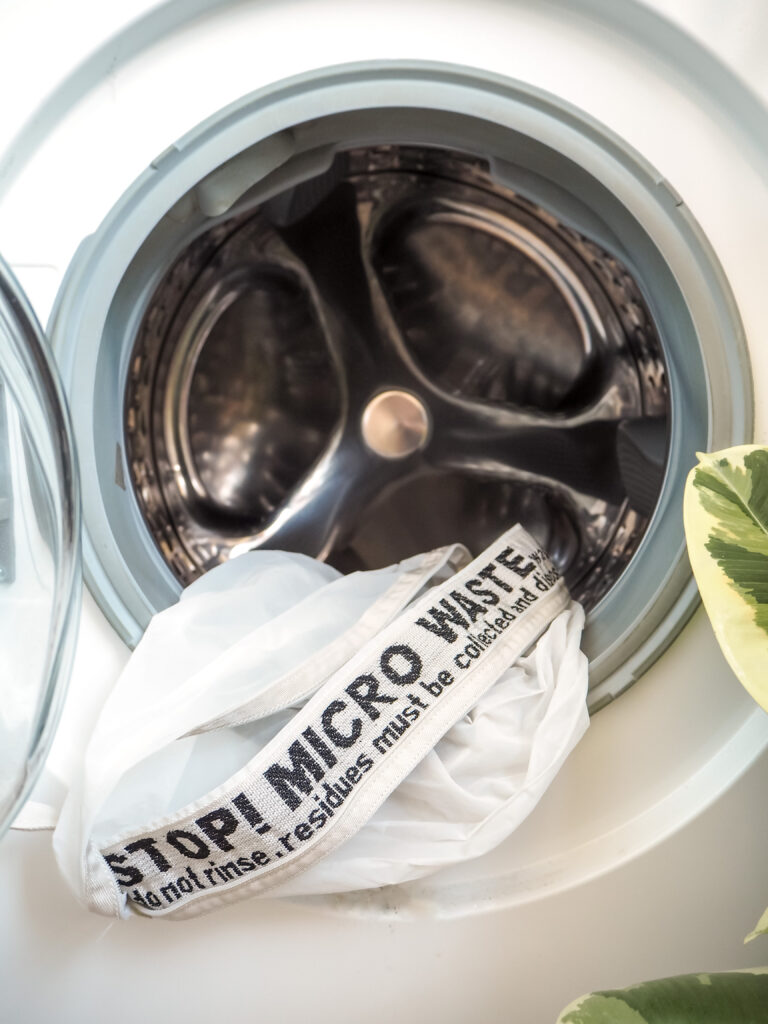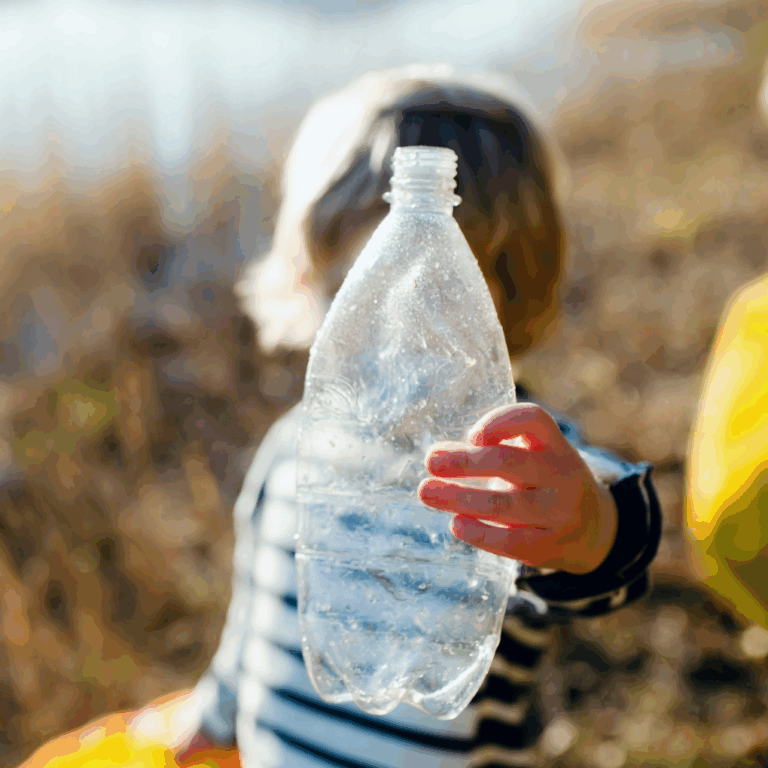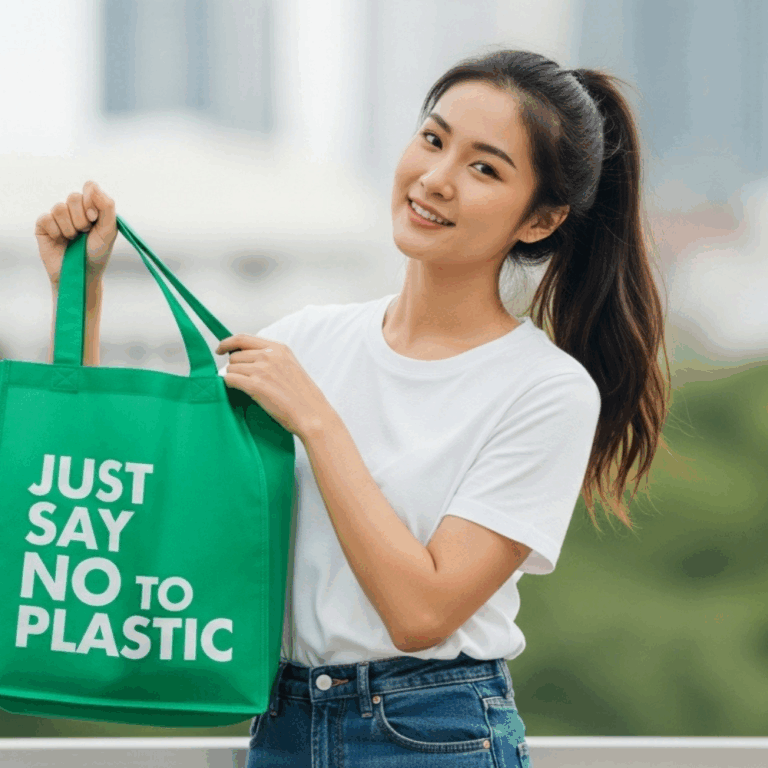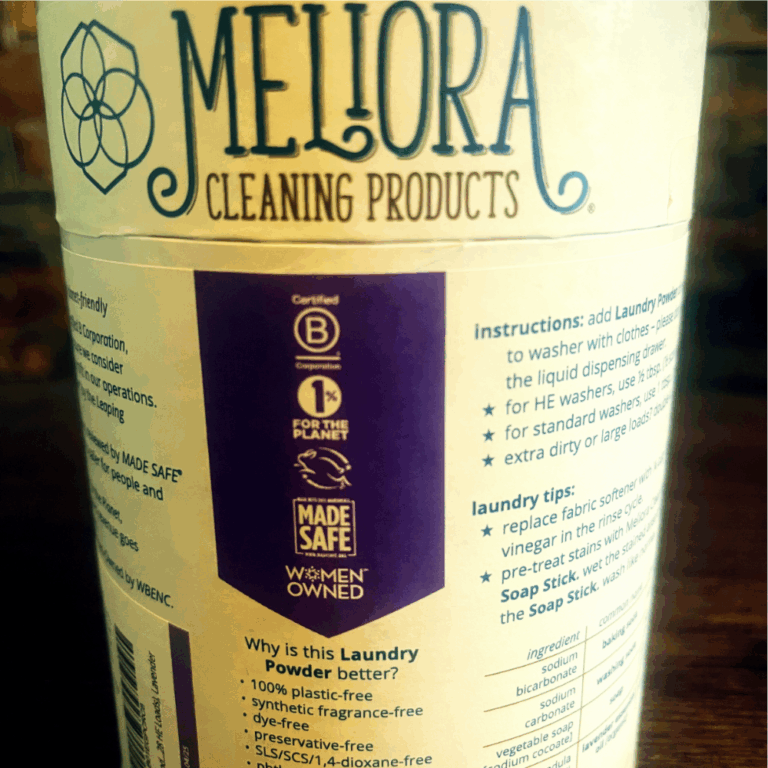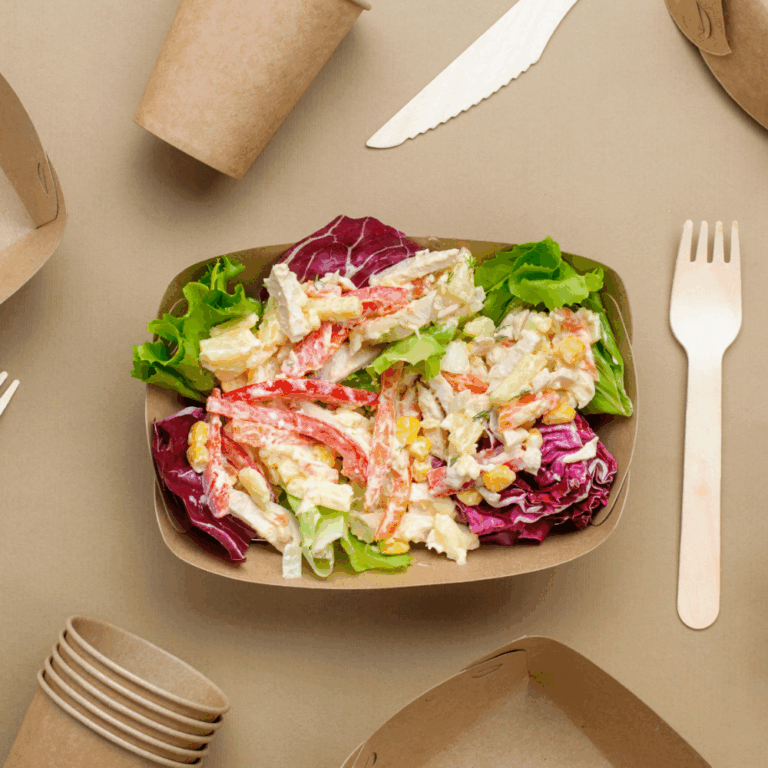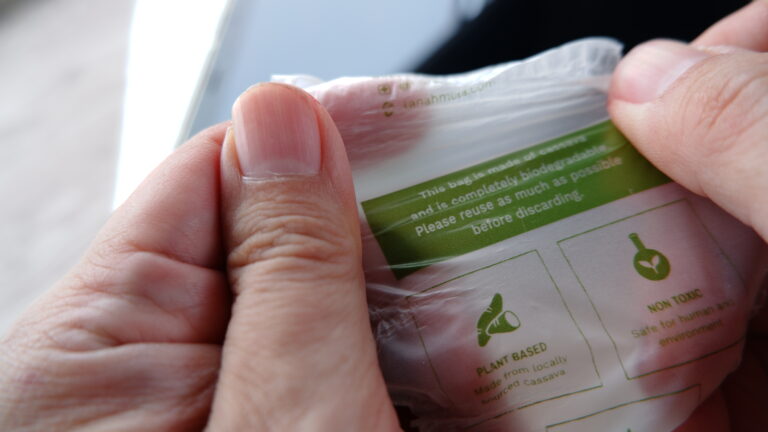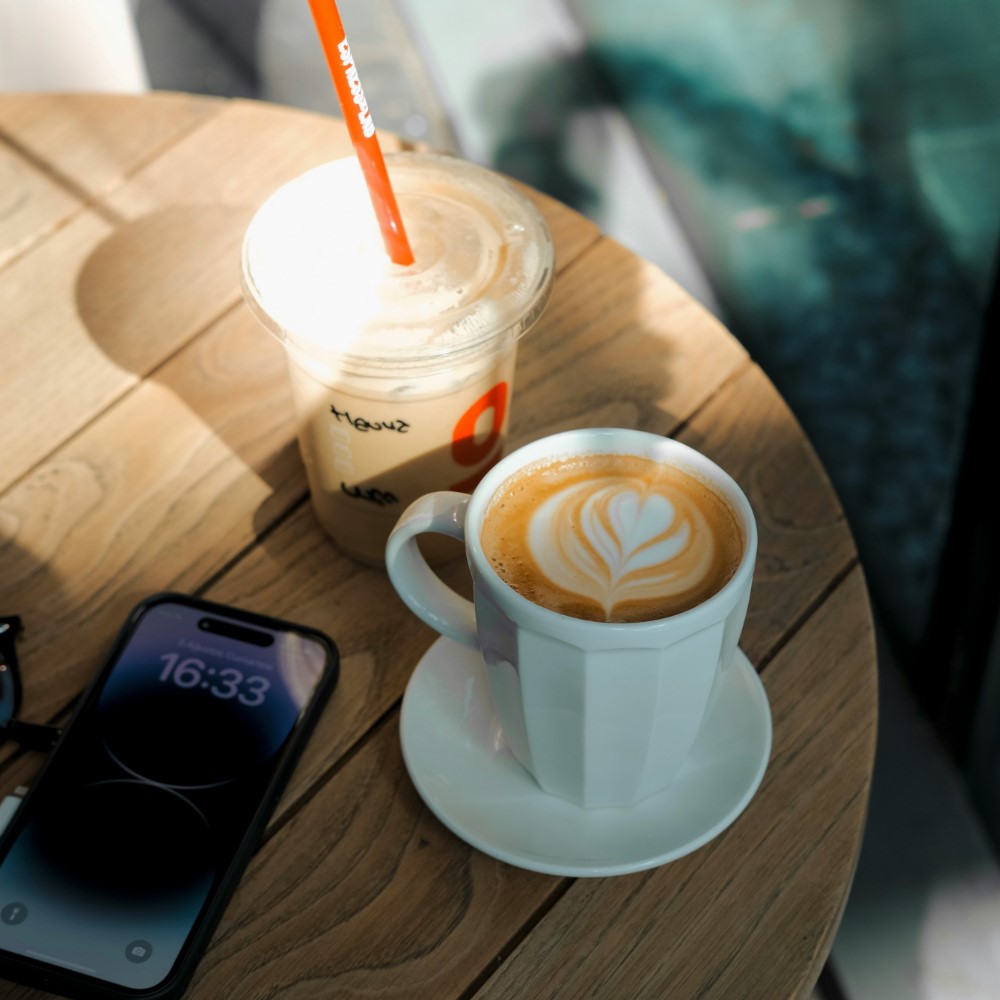
It always amazes me how much effort people put into making their food and drinks healthier—ordering a fat-free, sugar-free, extra-foam, double-shot, with oat milk, no whipped cream, and a sprinkle of cinnamon latte—yet barely pausing to consider the plastic straw they’re using to sip it.
And let’s not forget, most coffee cups are lined with plastic, adding yet another layer to the problem.
It’s as if we’re crafting the perfect guilt-free coffee order but forgetting about the side of plastic that comes with it.
Plastic can even enter your body directly when you use plastic straws or cups. Studies show that microplastics, tiny plastic particles, can be released from these items, especially when they come into contact with hot or acidic liquids. These particles can easily be ingested, and while a single dose may not seem harmful, long-term exposure raises real concerns.
Research suggests these tiny fragments can carry harmful chemicals that may disrupt hormones, trigger inflammation, and even increase the risk of certain diseases over time.
I’ll be honest: I don’t live a perfectly plastic-free lifestyle. Each day, I’m learning more about plastic pollution and microplastics, and I’m making small, conscious changes to reduce single-use plastic in my own life. I intend to share what I learn here so that you can take simple steps right alongside me.
What’s Plastic, Anyway? Let’s Break It Down!
Plastic is made by transforming natural resources like crude oil or natural gas into something versatile and durable.
It’s lightweight, strong, and easy to shape into almost anything from water bottles and food containers to the keyboard you’re typing on. That flexibility is precisely why plastic has become such a big part of our daily lives.
But here’s the catch: plastic was built to last, which means it doesn’t easily break down. In fact, a single plastic bottle can linger in the environment for 450 years or more.
Instead of disappearing, it shatters into tiny pieces called microplastics that end up in our environment, water, and even our food.
That durability comes at a cost, one that makes it essential to rethink how we use plastic and, whenever possible, choose plastic-free alternatives.
What are the main benefits of living a plastic-free lifestyle?
Living plastic-free helps reduce exposure to the harmful chemicals often found in plastics, reduces environmental pollution, and conserves valuable resources. Plus, it’s a money-saver! By switching to reusable and durable products, you can avoid the constant need to replace single-use items, making it a win for your wallet and the planet.
Microplastics in Our Bodies
Plastic isn’t just polluting our landfills and oceans—it’s making its way into us. Microplastics, tiny fragments shed from degrading plastics, are now found in the food we eat and the water we drink. These particles have even been detected in human tissues. While research into their long-term health impacts is ongoing, preliminary findings suggest a connection to inflammation, hormonal disruption, and other potential health risks. Choosing plastic-free alternatives reduces exposure to these particles, prioritizing your health and well-being.
Protecting Wildlife by Choosing Plastic-Free
Plastic pollution is devastating to animals, mainly marine life. Many species mistake plastic for food, which can block their digestive systems or introduce harmful chemicals into their bodies. Others get entangled in plastic waste, causing injury or restricting their movement. By buying plastic-free products, you help reduce the plastic entering these ecosystems, protecting wildlife and helping to preserve biodiversity.
Saving Our Soil, Water, and Oceans
Plastic wreaks havoc on our planet’s most vital systems. As plastics break down, they release harmful chemicals into the soil and freshwater, disrupting ecosystems and affecting water quality. Over 8 million tons of plastic are dumped into our oceans each year, creating microplastics, damaging coral reefs, and threatening marine life. By choosing plastic-free options, you help curb this pollution, supporting healthier ecosystems and cleaner waterways while contributing to a more sustainable future.
Can Going Plastic-Free Help You Save Money?
Living plastic-free isn’t just great for the environment—it’s a smart financial choice, too! By embracing reusable products, buying in bulk, and making simple DIY swaps, you can save money while supporting a healthier planet. Here’s how going plastic-free benefits your wallet:
Save Big with Reusable Products
Switching from single-use plastics to reusable alternatives is an investment that quickly pays off. Reusable water bottles, grocery bags, and cloth towels eliminate the constant need for replacements, saving you money year after year.
Bottle the Savings with Reusable Water Bottles
Let’s talk about bottled water. If you’re grabbing a bottle every time you’re on the go, it’s adding up faster than you might think. The average American uses around 13 plastic water bottles a month1, and at $1.50 a pop, that’s $19.50 gone—every single month! For a year, that adds up to $234.
Switching to a reusable water bottle can eliminate those costs entirely. A one-time investment of $20–$40 gets you a durable, stylish bottle that you can fill up anywhere—for free. That’s hundreds of dollars saved yearly while cutting down on plastic waste.
Bag the Savings with Reusable Grocery Bags
Plastic grocery bags may seem harmless at checkout—after all, sometimes they’re free or just a few cents. If they are still free, consider yourself lucky!
Those costs add up over time, the average person spends $50–$100 a year on plastic bags.
Switch to reusable grocery bags, and that’s money you won’t be throwing away—literally! Many reusable bags cost just a few dollars and can last for years. Plus, they’re sturdier, easier to carry, and kinder to the environment.
With this simple swap, you’ll save money and keep countless plastic bags out of landfills and waterways. Smart, right?
Wipe Out Waste (and Save Big) with Reusables
Paper towels and napkins might seem like small expenses, but they really add up—both in your trash can and on your budget. The average household spends $100–$150 yearly on disposable paper products.
Switching to cloth towels and napkins is an easy way to keep that cash in your pocket. A set of reusable cloth options costs about the same as a few jumbo packs of paper towels, but they’ll last for years. Just toss them in the wash, and they’re good to go!
Small Changes, Big Rewards
These are just a few examples of how swapping out single-use plastics can put a little extra cashback in your pocket. Keep this in mind as you make changes around your home—it’s not just about reducing waste; it’s about rethinking value. Here is my free plastic swap checklist to help you.
Sure, a few hundred dollars might not seem life-changing, but imagine what you could do with it. Maybe a day at the spa, a fancy dinner, or even a start to that weekend getaway you’ve been dreaming about. Making sustainable choices and giving yourself a well-deserved treat? Now that’s something to feel proud of!
Cut Costs with Bulk Buying
Plastic-free shopping often encourages buying in bulk, which reduces both packaging waste and your expenses. Staples like rice, beans, and pasta are cheaper when purchased in large quantities, and bulk household essentials like cleaning supplies and toiletries often come at a discount. Plus, fewer shopping trips mean saving on gas and time.
DIY for More Savings
Making your own products reduces plastic waste and slashes costs. Household cleaners made from vinegar and baking soda cost a fraction of store-bought versions, and DIY beauty products like scrubs and lotions save money while avoiding harsh chemicals. Simple recipes using pantry staples can help you create effective, eco-friendly alternatives at home. Check out some of my recipes for exfoliating scrubs.
Spend Less on Replacements with Durable Goods
Investing in high-quality, long-lasting alternatives means less frequent replacements. Glass or metal containers are ideal for storage and far outlast plastic ones. Durable cutlery, like stainless steel or bamboo, eliminates the need to keep buying disposable options. These small switches add up to big savings over time.
Hidden Savings in Energy and Waste
Living plastic-free can also lower household energy and waste costs. Producing and recycling plastic consumes significant energy, so using less helps shrink your carbon footprint and could reduce your energy expenses. You’ll spend less on garbage bags and disposal fees with less plastic waste, especially in areas with pay-as-you-throw programs.
Switching from single-use plastics to reusable alternatives is an investment that quickly pays off. Reusable water bottles, grocery bags, and cloth towels eliminate the constant need for replacements, saving you money year after year.
Ready to Go Plastic-Free? Here’s How!
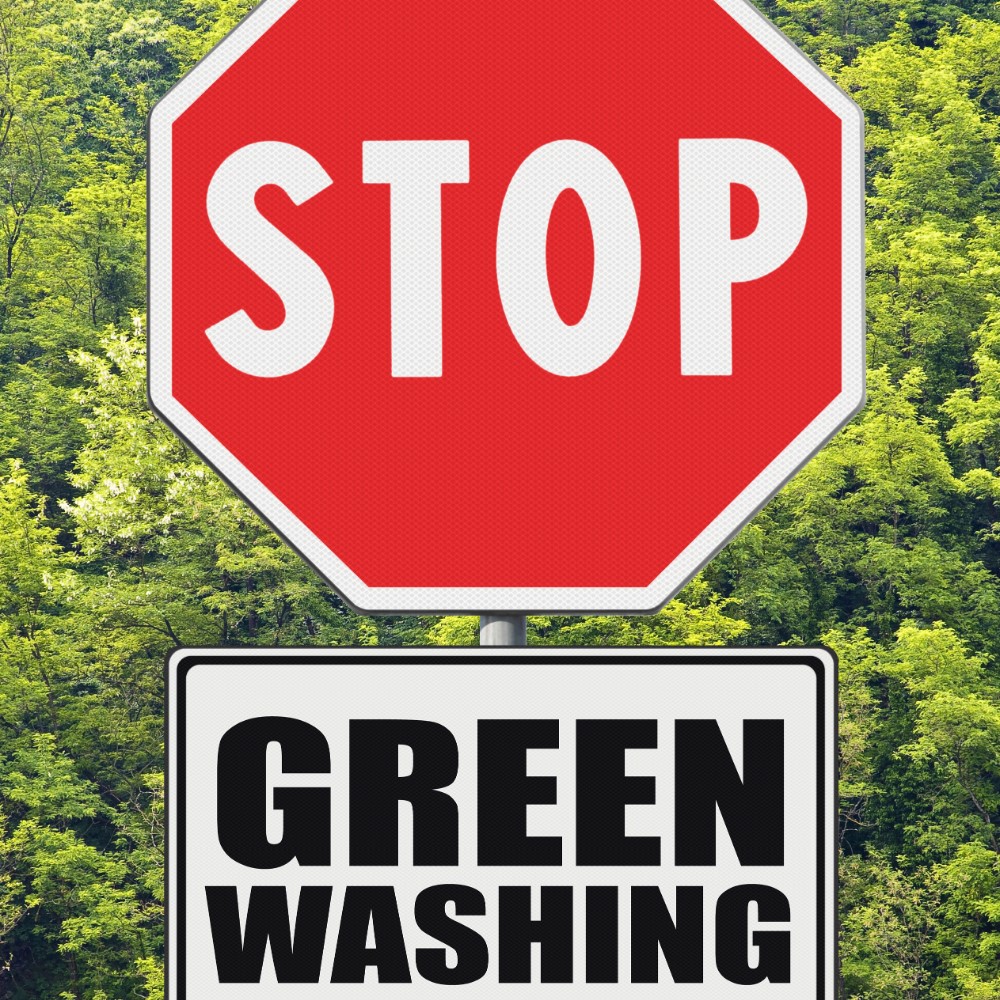
Shop Sustainably and Avoid Greenwashing
Greenwashing is when companies make misleading claims about the environmental benefits of their products or practices, often exaggerating or outright fabricating their eco-friendliness to attract conscious consumers. For example, a product might be labeled “eco-friendly” or “biodegradable” without any concrete proof or certification backing those claims. It’s frustrating and can make sustainable shopping feel like a guessing game.
This is where certifications come in. Verified plastic-free certifications, such as those listed below, ensure that products meet stringent standards for sustainability. They help you cut through the noise and confidently choose items that genuinely align with your eco-conscious values.
By looking for these trusted certifications, you’re not just avoiding greenwashing, you’re actively supporting brands prioritizing the planet over profit.
Here are a few types of certifications and brands that use these certifications. Note that specific items from these brands’ product lines are certified, not necessarily their entire range.
Plastic-Free Certification
Plastic-Free Certification ensures that products, packaging, and materials are completely free from fossil fuel-based plastics. It clearly signals that a brand is committed to eliminating plastics and using sustainable alternatives.
Brand examples:
- Patagonia actively reduces plastic waste by using recycled materials and promoting sustainability. Check out their Environmental & Social Footprint page for more details.
- Icebreaker is on a mission to go plastic-free. Their Transparency Update showcases their significant progress in reducing plastic use.
Control Union’s Plastic-Free Certification
Control Union’s Plastic-Free Certification ensures that products and packaging contain minimal fossil fuel-based plastics, providing consumers with confidence that they are truly plastic-free.
Brand examples:
- Teapigs is proud of its Plastic Free Trust Mark, using biodegradable and compostable packaging for their tea products. If you’re an avid tea drinker like me, you’ll enjoy this tea brand I drink often.
- Percol Coffee has committed to using plastic-free packaging, aligning its sustainability goals with eco-friendly practices.
Flustix Plastic-Free Certification
Flustix offers a plastic-free certification for products that are entirely free from plastic in their materials and packaging.
Brand examples:
- Biobaula’s cleaning products are certified by Flustix as free from microplastics, ensuring they are eco-friendly and plastic-free.
- HALM produces certified plastic-free glass straws, making it easier for consumers to reduce single-use plastic daily.
Zero Plastic Certification
The Beat the Microbead campaign is a global movement working to eliminate microplastics from cosmetics and personal care products. Their Zero Plastic Inside Certification helps shoppers spot genuinely microplastic-free brands—no hidden plastics, just clean ingredients.
Brand examples:
- Weleda has earned the Zero Plastic Inside certification from the Plastic Soup Foundation, meaning its cosmetics and personal care products are completely free from microplastics—including liquid polymers. I use their body oils and salt toothpaste, and it’s reassuring to know they’re not hiding plastic in the ingredients!
- UpCircle Beauty is a sustainable beauty brand that focuses on upcycling natural ingredients and reducing plastic waste
You’ll love the Beat the Microbead campaign if you’re as passionate about avoiding microplastics as I am. The Plastic Soup Foundation is launching a global effort to raise awareness about the tiny plastic particles that often enter cosmetics and personal care products.
These microplastics are hidden in things like exfoliants, toothpaste, and makeup, and they have a huge impact on both the environment and our health. But here’s the good news: with their handy app, you can easily scan products to check if they contain microplastics. Talk about peace of mind while shopping!
Select Reusable Over Disposables
One of the easiest and most impactful ways to reduce plastic waste is by swapping disposable items for reusables. Think about the things you use once and toss—like plastic bags, water bottles, coffee cups, or utensils. Each has a durable, reusable alternative that can save countless single-use plastics over time. Check out this list for easy swaps.
Ditch Single-Use Packaging
Every buying decision matters when it comes to reducing plastic waste. The packaging of the products you choose plays a huge role in your overall footprint, so it’s worth considering alternatives. Opt for products packaged in sustainable materials like glass, aluminum, or cardboard, which are more recyclable and often reusable.
Buy in bulk or choose items with little to no packaging whenever possible. For example, fresh produce can go straight into your reusable bag, skipping the plastic produce bags entirely. Many stores also offer refill stations for items like soap or pantry staples, giving you an easy way to reuse your containers. Check out Litterless to search for zero-waste stores in your area.
Can recycling solve the plastic pollution problem?
Unfortunately, the answer is no. Despite our best efforts, only 9% of plastics are recycled globally.2 This staggering statistic highlights just how flawed our current system is. So, what happens to the other 91%? Spoiler alert: it’s not good.
The Fate of Non-Recyclable Plastics

- Ocean Dumping: In 2019, plastic waste entering the ocean varied significantly by country, with some regions contributing more per person than others. These estimates reflect the amount of plastic pollution released into marine environments each year, excluding exported waste—since exported plastic can face an even higher risk of ending up in the ocean. Understanding these patterns highlights the global nature of plastic pollution and the urgent need for better waste management and reduction strategies.3
- Landfills: Most non-recyclable plastics end up in landfills, buried under layers of soil. Over time, these plastics break down into microplastics, which leach harmful chemicals into the surrounding soil and groundwater. It’s a slow, invisible kind of pollution that builds up over decades.
- Incineration: Some plastics are burned in incinerators to reduce waste volume, sometimes generating energy. But here’s the problem—plastics aren’t just harmless materials; they contain chemicals like phthalates, heavy metals, and BPA that can migrate into food, drinks, and water, especially when exposed to heat. Over time, this exposure raises serious health concerns. And it doesn’t stop there. The way plastic waste is handled only adds to the issue. Open-air burning and landfilling release toxic pollutants that contaminate our air, water, and soil, creating an even bigger environmental and public health problem. 4
The Plastic Waste Crisis: Who’s Really Paying the Price?
Did you know that many developed countries, including the U.S., have been exporting plastic waste to developing nations for decades? The problem is that most of these countries lack the infrastructure to manage it safely. Instead of being properly recycled, much of the waste gets buried, burned, or dumped into rivers and oceans.
The result? Massive environmental damage and devastating health impacts for the communities forced to live with our trash.
In 2018 alone, the U.S. shipped about 157,000 containers of plastic waste to countries without adequate waste management systems. That’s a staggering amount of trash handed off to places already struggling with their own.
It’s heartbreaking to think about the pollution and problems this creates for families who have no choice but to live with our plastic waste.
That’s why cutting back on plastic really matters. Every time we say no to a single-use plastic item, we’re helping break this harmful cycle. It’s not just about reducing trash; it’s about not contributing to a system that places the greatest burden on those who can least afford it.
There have been some improvements, like new rules on shipping plastic waste and programs to manage it better around the world. But let’s be real—there’s still a long way to go.
Even small choices, like picking plastic-free products, can make a big difference. It’s a simple way to stand up for fairness, protect people’s health, and care for our planet.
Recycling Reality: What Can (and Can’t) Go in the Bin
I’m sure you’ve thought—just like I used to—that most of the plastic we toss in the bin actually gets recycled. But the truth is, only about 9% of plastic ever gets recycled.
Not all plastics are created equal, and some are far worse offenders than others. Non-recyclable and non-reusable plastics top the list of environmental troublemakers.
These materials take hundreds of years to break down, and while they sit in landfills or the environment, they can leak harmful chemicals into the soil, water, and even the air.
Think about items like plastic straws, chip bags, and single-use cutlery. They’re often made from mixed materials or low-grade plastics that recycling facilities simply can’t handle.
What the Plastic Codes Really Mean
If you flip a plastic product over, you’ll likely spot a tiny triangle with a number inside, ranging from 1 to 7.
This number is the Resin Identification Code (RIC), which identifies the type of plastic used to make the product. While it’s a helpful clue for understanding the material, it doesn’t guarantee the item is recyclable.
While these numbers offer guidance, they aren’t a universal green light for recycling. Local recycling programs vary, so always check what your community accepts.
And even if plastic is technically recyclable, its usability can diminish after just a few cycles.
You’ve probably noticed many products labeled “BPA-free,” which means they don’t contain this industrial chemical commonly used in certain plastics and resins. BPA can migrate into food or drinks stored in containers made with it, raising concerns about its potential health effects.
But here’s the distinction: “BPA-free” doesn’t mean “plastic-free.” A BPA-free product is still made of plastic—it just doesn’t include BPA. In contrast, a plastic-free product is crafted from alternative materials like glass, stainless steel, or silicone.
So, while BPA-free may address one health concern, opting for plastic-free takes it a step further toward reducing plastic use altogether.
Related Article: How to Tell If Plastic Is BPA-Free (and Why It Matters for Your Health)
Properly Prepare Your Recyclables
Recycling isn’t just about tossing items into the correct bin—it’s also about ensuring they are clean and dry. A quick rinse can be the difference between your recyclables actually getting recycled or being discarded as waste. Here’s how to do it right so we can see that 9% increase:
🚿Rinse with Purpose
No need to break out the dish soap or make it spotless—just a quick rinse to remove food and drink residue will do. For instance:
- Cans and jars: A little water and a swish work wonders. Stubborn sauces? Fill halfway with water, cap it, and shake like you’re mixing a fancy cocktail.
- Bottles: Dump out liquids and rinse them, especially sticky ones like soda or juice.
- Containers: Scrape out solids first (hello, peanut butter jars) before rinsing. If you can’t get every last bit, that’s okay—aim for mostly clean.
🌬️Dry Before You Toss
Wet materials in the recycling bin can create a soggy mess that ruins paper products or encourages mold growth. To dry:
- Shake off excess water.
- Air dry by leaving items in the dish rack or upside down on the counter.
- If you’re in a hurry, a quick wipe with a towel works too.
🗑️When in Doubt, Throw It Out
Check with your local program if you’re unsure whether an item is recyclable. Contaminated loads (like greasy pizza boxes or half-full yogurt cups) can send the entire batch to landfill—yikes.
❓What Goes Where?
Sorting recyclables can feel like solving a riddle, but the color of your bins is here to help! I remember years ago when Whole Foods introduced its recycling bins. I’d stand there, feeling a mix of anxiety and self-consciousness, trying to figure out where my items belonged, all while worrying that everyone around me thought I didn’t know how to recycle. While systems vary by location, here’s a general guide:
- 🟦Blue Bin: Typically for clean, dry recyclables like paper, cardboard, plastics, metal cans, and glass bottles.
- 🟩Green Bin: Reserved for organic waste like food scraps and yard clippings (in areas with composting programs).
- ⬛Black/Grey Bin: For general trash that can’t be recycled or composted—think of items like chip bags, dirty tissues, and broken ceramics.
Recycling Where You Live: How to Find Local Guidelines
Recycling rules vary widely depending on where you live, so knowing what your local community accepts is essential. To make sure you’re recycling correctly—and not accidentally contaminating your bin—here are a few ways to find the guidelines for your area:
If your city provides curbside pickup for recyclables, check for any printed material or brochures that might have come with your recycling bins. These often include a comprehensive list of recyclable materials and tips for preparing items for pickup (e.g., rinsing containers or flattening cardboard).
Check Your Local Waste Management Website
Most cities or municipalities have dedicated recycling pages on their websites. These pages typically include lists of what can and can’t be recycled, instructions for sorting recyclables, and sometimes a recycling calendar or schedule. If you’re unsure, many websites also have a FAQ section to answer common questions.
Use Online Recycling Tools
Websites and apps like Earth911 can help you find specific recycling guidelines for your zip code. Enter your location and search for the item you’re unsure about, and you’ll get clear information on whether it’s recyclable and how to dispose of it properly.
Contact Your Local Recycling Center
If you can’t find the information online, don’t hesitate to call your local recycling center. They can offer detailed guidance on what’s accepted in your area and any special recycling programs you might not know about.
Look for Curbside Collection Information
If your city provides curbside pickup for recyclables, check for any printed material or brochures that might have come with your recycling bins. These often include a comprehensive list of recyclable materials and tips for preparing items for pickup (e.g., rinsing containers or flattening cardboard).
Related Article: How to Recycle: A Simple Guide to Recycling Correctly
Plastic Waste by the Numbers: Why It Matters
Water Bottles: In 2022, Americans consumed approximately 15.9 billion gallons of bottled water.5 This equates to about 48 gallons per person per year, or roughly 30 bottles per person per month.
Plastic Bags: This year 5 trillion plastic bags will be used. That’s 160,000 a second! Put one after another they would go around the world 7 times every hour and cover an area twice the size of France.6
Polystyrene: The world produces more than 26 million tons of polystyrene each year.7 This is a type of plastic used in a variety of applications, including packaging, insulation, and disposable food containers
Styrofoam Cups: Americans alone throw away around 25 billion Styrofoam coffee cups every year.8
Plastic Packaging: In 2023, the worldwide production of plastics reached 413.8 million metric tons, with plastic packaging being one of the leading applications.9 If that was all laid out end to end, it would wrap around the Earth approximately 1,500 times!
This Has Been About Plastic-Free Living
In the end, making mindful choices about plastic is one of the simplest ways to help both the planet and our health. By avoiding non-recyclable plastics, you can opt for materials like glass and metal, which are endlessly recyclable. And if you’re feeling creative, upcycling plastic into something new is another great way to reduce waste. What’s your favorite upcycle project for plastic?
References
- Earthday.org. (n.d.). Fact sheet: Single-use plastics. Retrieved from https://www.earthday.org/fact-sheet-single-use-plastics/ ↩︎
- Our World in Data. (2023). Global plastics production. Retrieved from https://ourworldindata.org/grapher/global-plastics-production ↩︎
- Meijer et al. (2021) – processed by Our World in Data. “Plastic waste emitted to the ocean per capita” [dataset]. Meijer et al. (2021) [original data] https://www.science.org/doi/10.1126/sciadv.aaz5803 ↩︎
- International Journal of Toxicology and Risk Assessment. (n.d.). Microplastics and their risk assessment in human health. Retrieved from https://clinmedjournals.org/articles/ijtra/international-journal-of-toxicology-and-risk-assessment-ijtra-5-021.php ↩︎
- Statista. (2023). U.S. bottled water market – statistics & facts. Retrieved from https://www.statista.com/topics/1302/bottled-water-market/ ↩︎
- The World Counts. (n.d.). Plastic Bags Used Per Year. Retrieved from https://www.theworldcounts.com/challenges/planet-earth/waste/plastic-bags-used-per-year ↩︎
- GlobalData. (n.d.). Polystyrene Market Analysis. Retrieved from https://www.globaldata.com/store/report/polystyrene-market-analysis/ ↩︎
- Earth Day. (n.d.). Single-Use Plastics. Retrieved from https://www.earthday.org/fact-sheet-single-use-plastics/ ↩︎
- Statista. (n.d.). Global production of plastics from 1950 to 2022 (in million metric tons). Retrieved from https://www.statista.com/statistics/282732/global-production-of-plastics-since-1950/
↩︎
